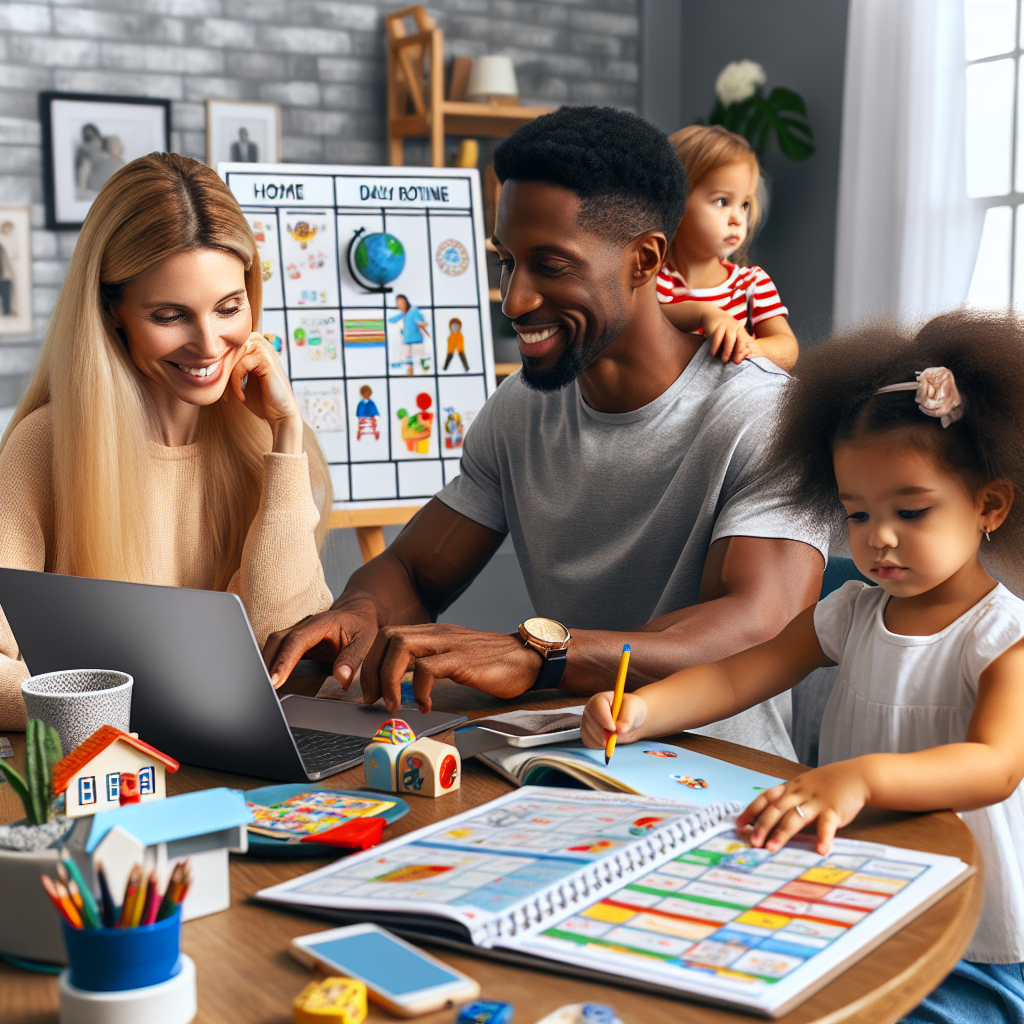Home Isolation: How to Deal with Children
In today's environment, when home confinement has become a part of our daily lives, parents are faced with the challenge of finding ways to keep children active and engaged. It is essential to understand child development in order to provide the best activities to stimulate their growth in all essential aspects of life.
Motor Development
The first aspect we will cover is motor development - a crucial component in the development of any child. This refers to children's ability to use and control the body's muscles. During home isolation, physical activities may be limited, but there are many exercises and games that can help develop motor skills. For example, you can create an obstacle course in the living room using pillows or toys to encourage movement. Also, dancing, baby yoga and simple stretching exercises are great for coordination and muscle strength.
Language development
Another basic component of development is language . During this period of isolation, you have a unique opportunity to spend more time conversing with your child, which can stimulate the development of communication skills. Reading books together, discussing stories, and encouraging your child to retell the day's events in his own words are great ways to improve vocabulary and speaking skills. Also, games like "I know, you know" or "Who does what?" they can be fun and educational at the same time.
Social Development
Although we are physically isolated, social development should not be neglected. Coexistence and social interaction can continue in a virtual environment. Children can stay in touch with friends and family members through video calls. They can also participate in online group activities such as drawing or music classes. These interactions allow them to maintain relationships and learn new communication skills.
Emotional Development
Isolation can also be difficult for children's emotional state. Emotional development involves understanding and managing one's own feelings, as well as empathy for others. Talk openly with children about how they feel and help them find ways to express their emotions. Creative activities such as drawing, painting or journaling can help children channel their feelings in a constructive way.
Cognitive Development
Cognitive development is related to how children think, explore and solve problems. Strategy games and puzzles are a good way to encourage critical thinking. There are also many educational apps and websites that offer interactive games and lessons adapted to your child's age. These resources can be a fun and effective way to learn.
Creativity and Art
No aspect of child development is complete without encouraging creativity . Art, music, theater performances in the living room – these are all activities that can help children freely express their personality and imagination. Even simple tasks like helping with cooking can become a lesson in creativity if you encourage children to come up with their own recipes or decorate the food.
Tips for Parents
Last but not least, it is important to offer some advice for parents . Establishing a daily routine that includes time for learning, play and relaxation can create a sense of normalcy and security. Be flexible and adapt to your children's needs, as each child is unique in their own pace of development.
Conclusion
Taking care of children during the period of isolation at home can be challenging, but at the same time, it offers unique opportunities to strengthen family ties and stimulate the child's development in all essential areas. By understanding these stages and providing the appropriate resources, we can ensure that this period will have a positive impact on our children.
Now is the time to be creative, explore new ways of learning and having fun, and most importantly, enjoy our precious time together. And for more resources and ideas, we invite you to visit the children's section of our store or subscribe to our newsletter for useful tips and tricks.














































































































































